The Mall Everyone Grew Up In
Hamilton Mall once felt like the heartbeat of Mays Landing. Shoppers crowded into Macy's, their voices echoing off the tiled floors, as sunlight leaked in across a forest of plastic plants and storefronts promising the latest sale.
Even on quiet days, there was movement - footsteps and laughter folding into the soft music piped through the halls and kids darting toward the carousel.
If anyone grew up in Atlantic County, chances are they spent weekends here, meeting friends or searching for things to do in Mays Landing, New Jersey. Every corridor hints at those years, each vacancy whispering what came before.
Foundations and Opening Deals
Construction started in November 1985, led by Kravco and JCP Realty. The $100 million project took shape across a 104-acre stretch of former racetrack roads and fields, land familiar to locals but about to be transformed.
By September 1987, Hamilton Mall opened its doors to shoppers. The ribbon was cut at Macy's by Suzette Charles, Miss America 1984, and Robin Leach, who brought television cameras and a bit of fanfare.
JCPenney and Sears made the move from the old Shore Mall, setting up alongside Macy's, which itself had pivoted from the original Bamberger's plan after a corporate decision in 1986.
The design always aimed for four anchors, though the fourth never materialized, leaving three main department stores to shape the mall's identity from day one.
Pad sites for future restaurant deals stood waiting along the parking lot. Foot traffic picked up as word spread, drawing shoppers from all over Atlantic County and vacationers driving in from the highways that skirted the property.
The mall's opening marked a shift for Mays Landing and set the stage for decades of retail change.
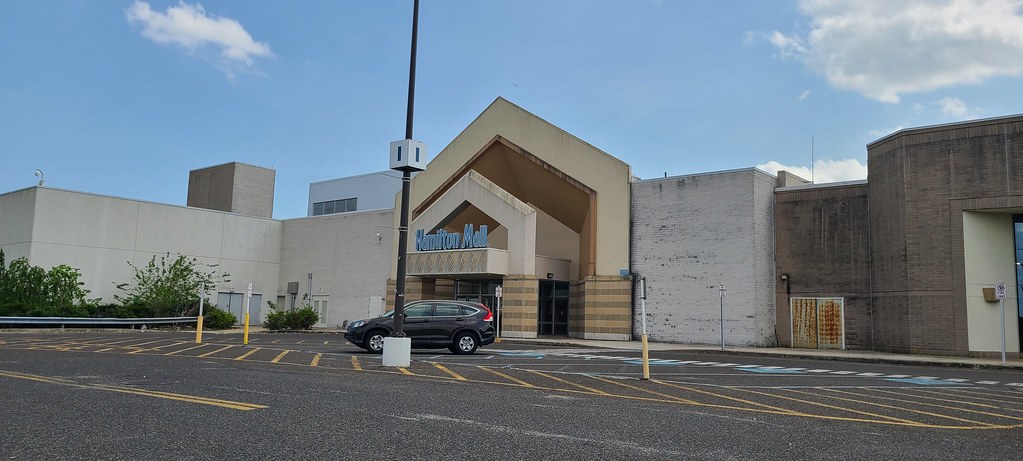
Expansion Deals and Restaurant Pads
As Hamilton Mall settled into its role as a retail anchor for Atlantic County, its location by Black Horse Pike and close to the Atlantic City Expressway became a magnet for out-of-towners and locals alike.
In August 1989, a strip center named the Convenience Center opened on the property, capitalizing on the steady traffic from shoppers searching for new brands and a place to linger beyond the main concourse.
Restaurants found an opening, too: Red Lobster opened in 1991, the first to stake out a pad in the sprawling parking lot, and Olive Garden followed in 1995.
These deals didn't just change lunch breaks for retail staff; they brought new customers who might have skipped a trip to Hamilton Mall in favor of a chain meal.
By the late 1990s, the floor count edged past 140 stores, and the roster included national and regional chains, junior anchors, and a revolving cast of specialty tenants.
The mall's proximity to the highways and its growing cluster of restaurants helped build a reputation for being the go-to spot for anyone driving through Mays Landing with shopping bags in mind.
Renovation, Upgrades, and Leasing Strategies
Retailers faced new competition and shifting consumer tastes in the early 2000s, so mall management signed off on an $8 million renovation in 2004.
Fountains and the old carousel were removed to open up the floor plan, making way for new kiosks, lounge spaces with televisions, and more flexible seating for weary shoppers.
Food court updates arrived, swapping out elevated seating and adding boardwalk-style flooring, a nod to the region's coastal draw.
Between 2004 and 2009, nearly every store upgraded to energy-efficient lighting, and a modern chiller replaced the original cooling system.
By 2009, a new carousel and a children's play area appeared, drawing young families back inside. In 2013, a two-story expansion introduced H&M and Forever 21 as junior anchors, filling the space that was originally meant for a never-built anchor.
That same year, the food court got another facelift, and a public transit hub was added, serving 160+ buses per day.
Leasing strategies shifted to attract both new national brands and regional tenants, keeping the roster refreshed as shopping habits changed.

Anchor Leasing, Store Turnover, and Brand Survival
Anchor tenants at Hamilton Mall shaped how the entire property did business, and every retail lease carried weight. Macy's took its spot as the main draw in 1987, following a decision by the company to phase out the Bamberger's brand a year earlier.
JCPenney and Sears, moving over from Shore Mall, completed the trio of major department stores, though a planned fourth anchor never opened.
The reality of retail changed quickly after 2010. In August 2018, Sears made the national cut list and closed on November 25. JCPenney soon followed, with the closure confirmed for July 5, 2019.
Shoppers World made a go of it on the first floor of the old JCPenney space in late 2019 but only lasted two years before shutting down in the fall of 2021.
H&M and Forever 21, which arrived with much fanfare in 2013 as junior anchors in a new two-story expansion, watched their surroundings thin out as anchor stability faded.
Macy's stayed open, its logo fixed above the entrance, but the rest of the anchor real estate cycled through vacancies, short-term arrangements, and attempted revivals.
Falling Value, Rising Vacancies, and a New Leasing Approach
After 2018, Hamilton Mall felt the pressure. Stores closed, foot traffic thinned, and the numbers followed.
The property's assessed value dropped fast, falling from $91 million in 2017 to $75 million by the end of 2018, a clear sign that the ground had started to shift.
With more empty storefronts and declining foot traffic, the Hamilton Township Office of Economic Development took notice in 2019 and declared the mall an area in need of redevelopment.
Two anchor closures in under a year added urgency, and chains that once filled out leases at every turn started to thin out.
Instead of waiting for a national rebound, mall management started to fill spaces with independently owned specialty shops and non-retail businesses, adjusting the leasing pitch to bring in new faces.
Hamilton Mall remained the only enclosed shopping space serving Atlantic and Cape May Counties, which meant the property still saw regional customers even as larger chains pulled out.
The new leasing approach leaned on a mix of small businesses, flexible terms, and a willingness to experiment with tenants.
Managers tried to maintain traffic and keep the property afloat, even as empty storefronts reminded shoppers of how quickly things had changed.
Hamilton Mall changed hands in July 2019 when Namdar Realty Group took over after a slow decline.
Kravco, which had managed the property since its construction in the mid-1980s, finalized the sale as vacancies climbed and the mall's value kept slipping.
Namdar, a Great Neck-based firm, brought in a leaner playbook. The company, known for buying struggling malls, cut costs early and avoided major reinvestments.
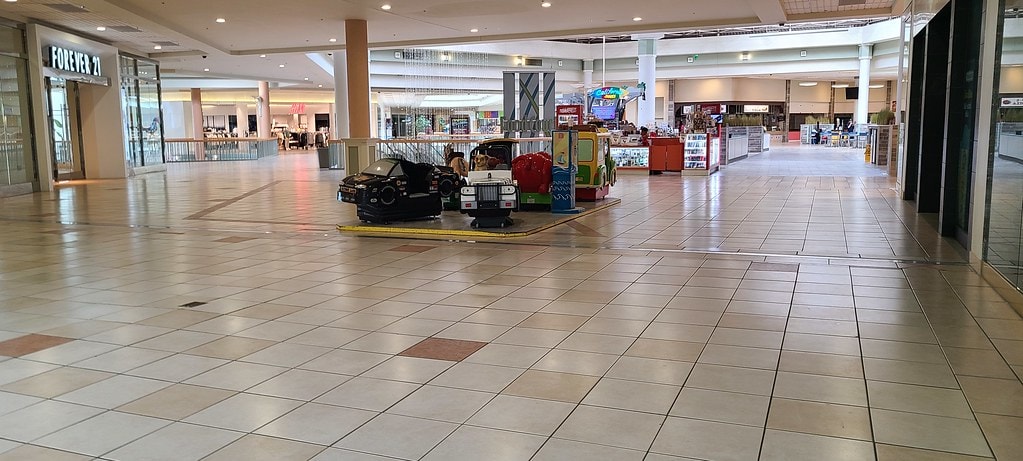
Tenant Reshuffling, Anchor Gap Solutions, and Forward Leasing Activity
In May 2024, new signage at the former Shoppers World space marked the pending arrival of Home Living Furniture. The regional retailer, already operating in Howell and Eatontown, chose Hamilton Mall for its third New Jersey location.
By July, the store opened its doors, offering dining tables, mattresses, and sectional sofas in the last anchor-sized footprint still recoverable.
This move didn't reverse years of closures, but it did bring a new customer profile into the building.
At the same time, outparcel restaurants like Buffalo Wild Wings, Olive Garden, and Longhorn Steakhouse remained active, pulling traffic during lunch and dinner hours.
Still, by early 2025, vacancies inside the main mall exceeded fifty storefronts. Walkthroughs captured shuttered gates and dim corridors.
A video posted in February 2025 showed more than thirty closed units in a single loop. Rumors of total closure spread online in late 2024, but reports from local media outlets clarified the mall was not shutting down.
Property managers focused on renewing active leases while advertising flexible terms to draw interest from small and mid-sized retail prospects.

🌿

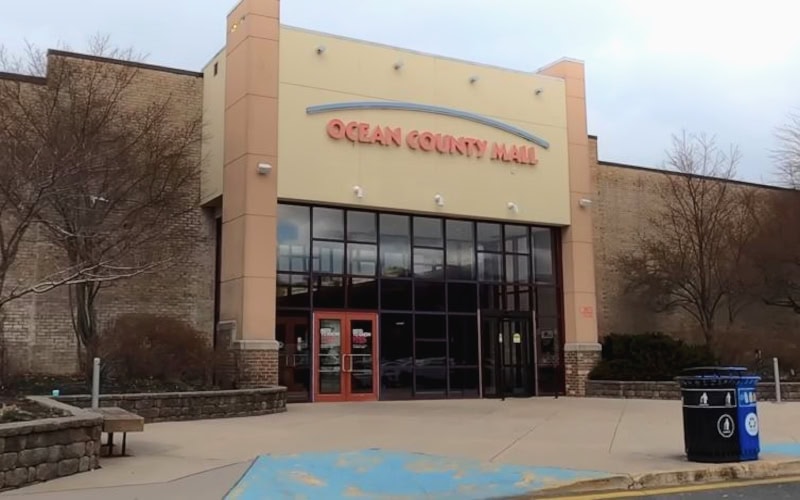

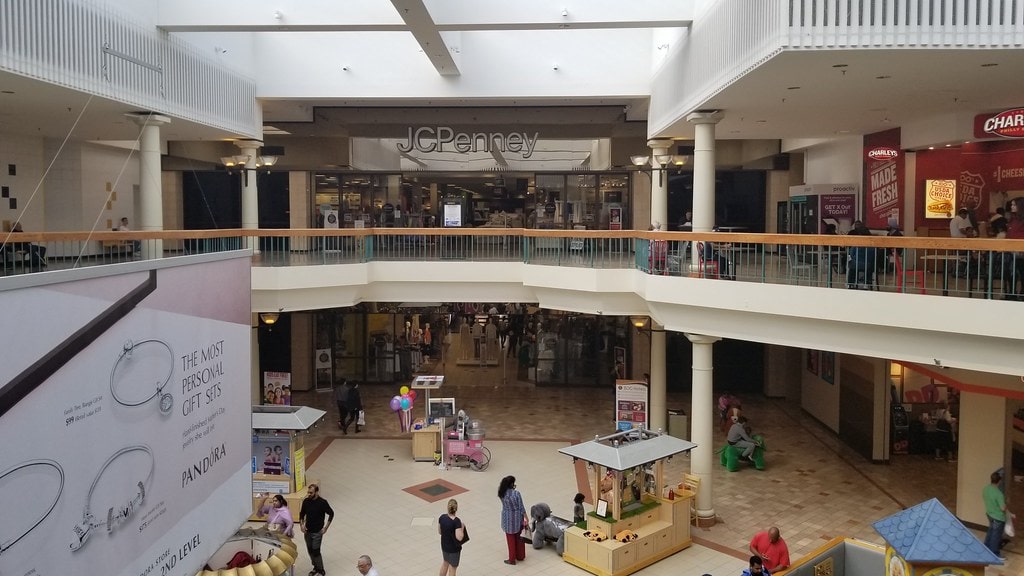
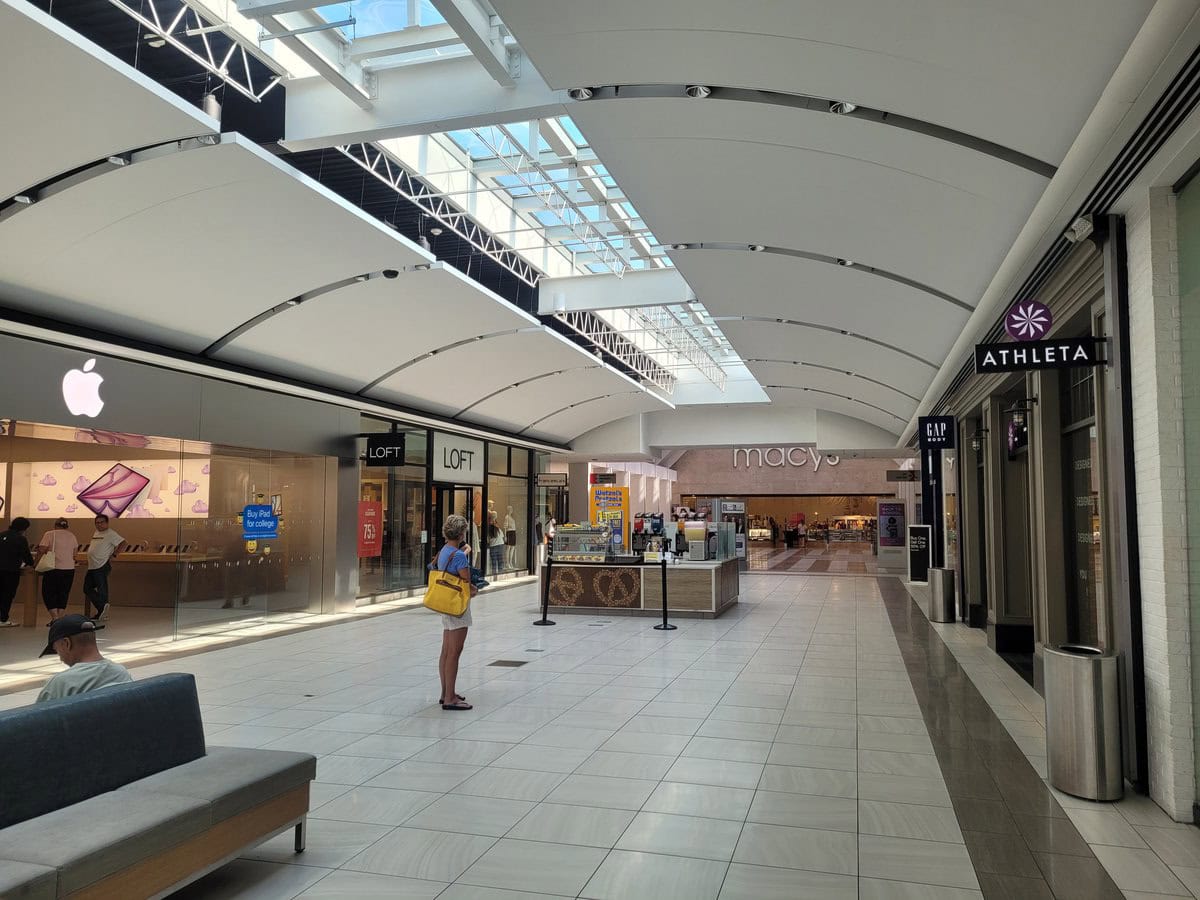
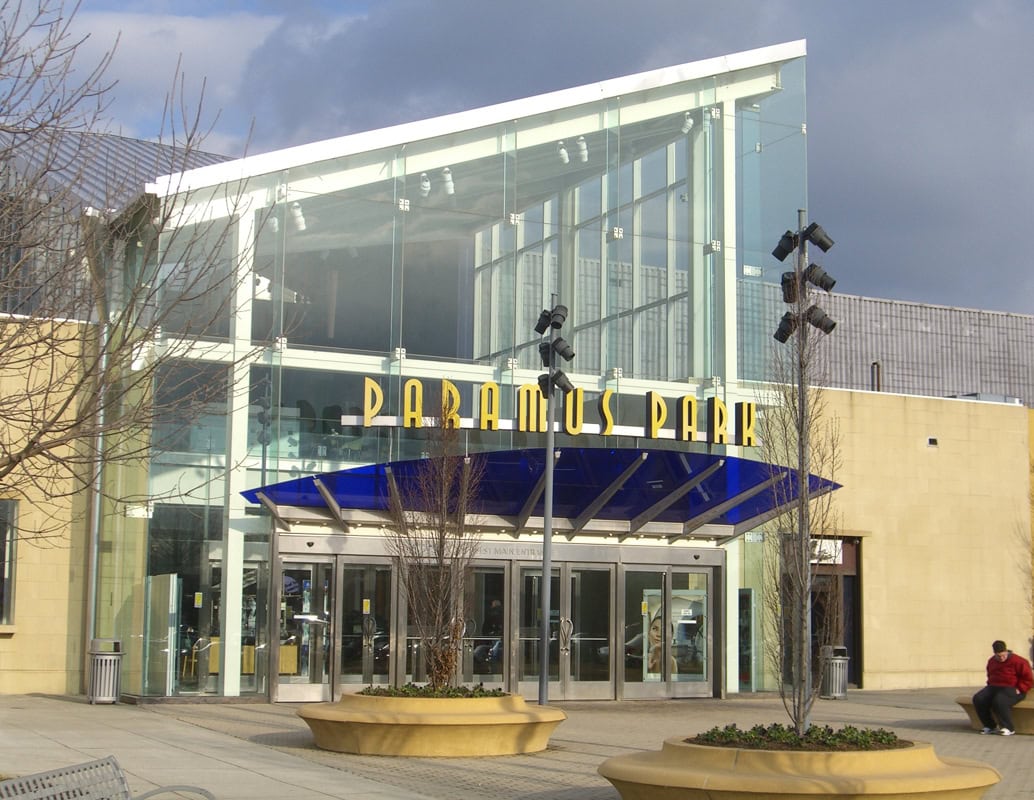


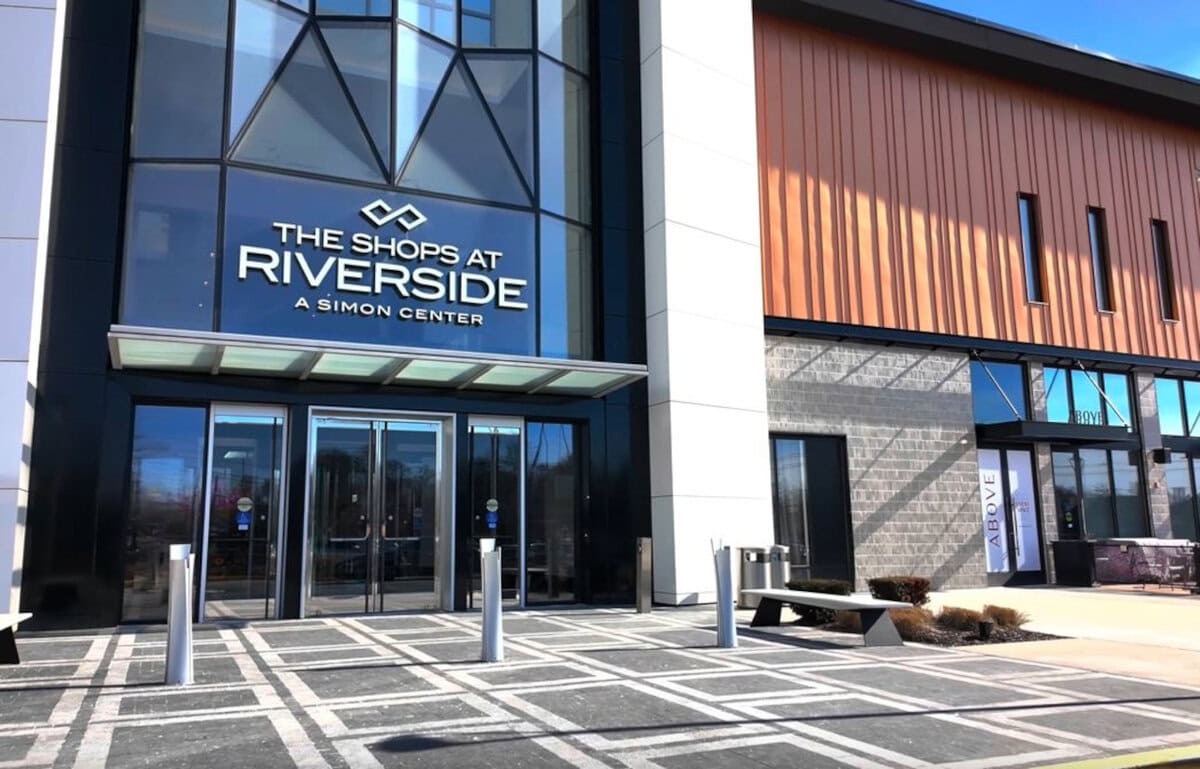
Hamilton Mall should consider building apartments and assistance living for seniors.
You're not alone in seeing this as a next step. Whether it's housing, healthcare, or senior services, people want malls to do more than sit empty.